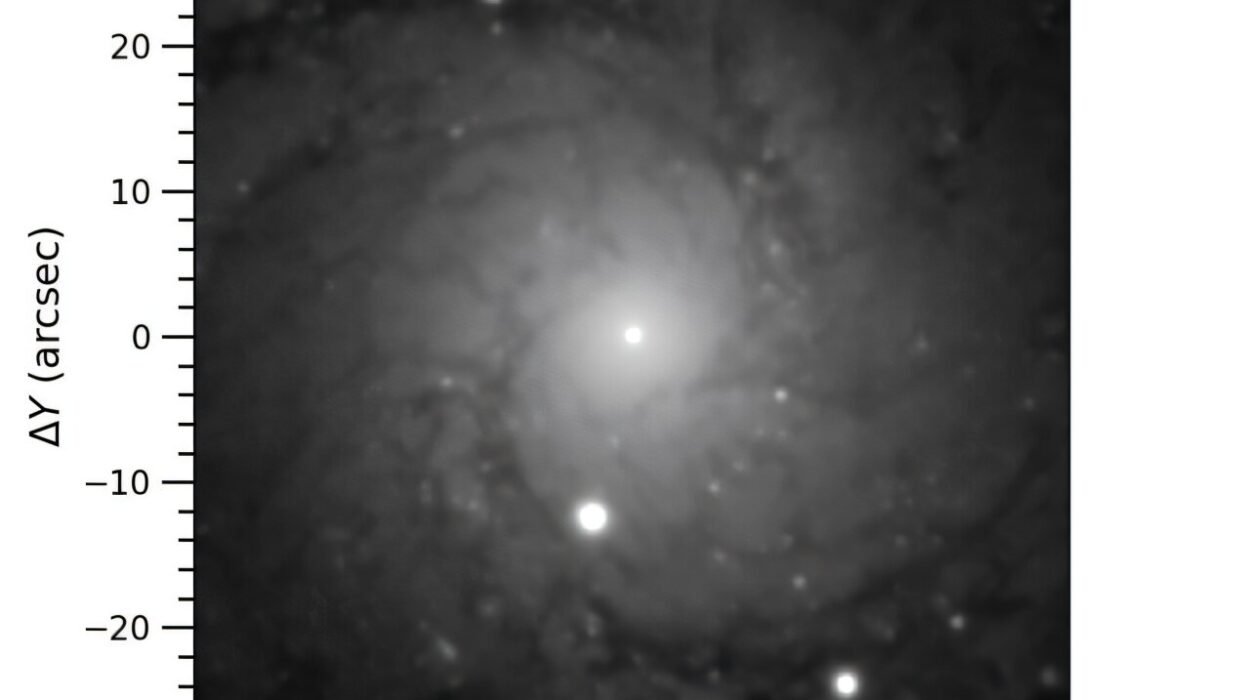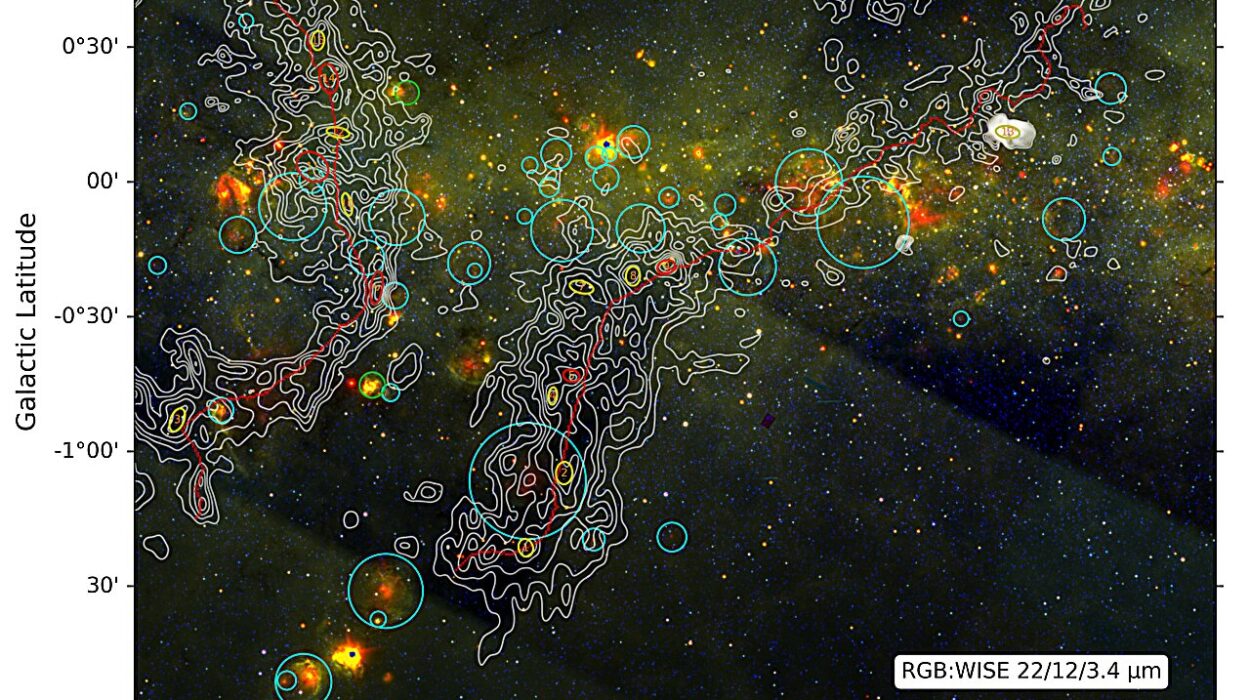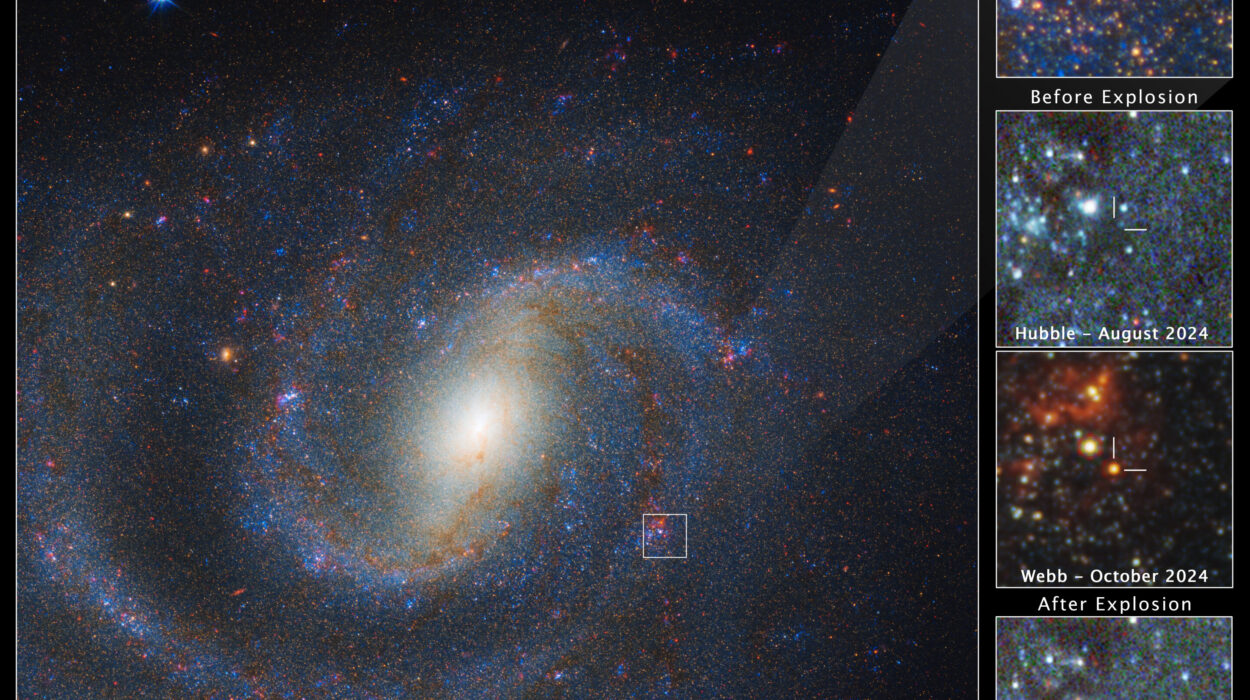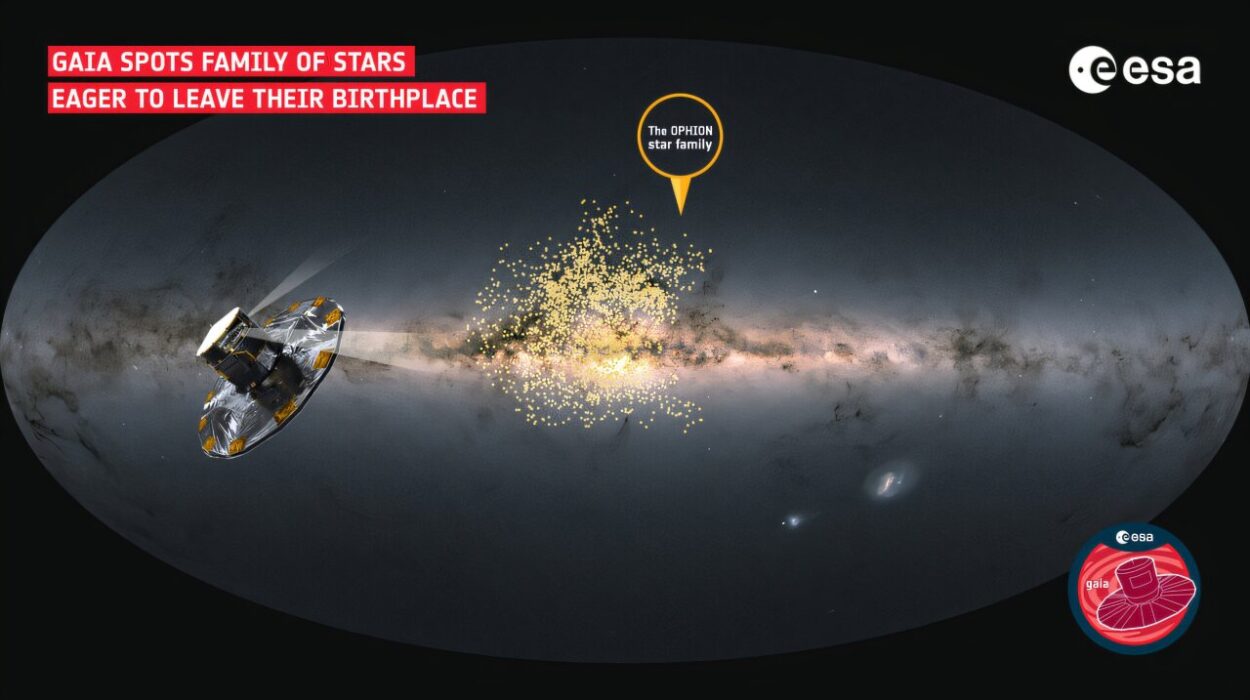In a groundbreaking study blending the chaotic fury of winter storms with the quiet precision of seismology, researchers from The Australian National University (ANU) have achieved a scientific feat: detecting energy signals from storms in the North Atlantic that travel through the Earth’s core and emerge in the heart of the Australian outback. This novel approach not only sheds new light on the mysteries buried beneath Earth’s surface but may also pave the way for uncovering the hidden structures of alien worlds.
Published in the journal Seismological Research Letters, the study leverages unusual storm-born seismic waves to peer deep into our planet’s inner core—a realm that remains largely inaccessible and mysterious. Remarkably, this insight was achieved not through the conventional method of earthquake analysis, but by listening to the subtle seismic whispers generated by cyclonic ocean waves.
Seismic Eavesdropping in the Australian Summer
At the center of this discovery are two spiral arrays—each covering an area of 50 by 50 kilometers—strategically positioned in remote regions of Queensland and Western Australia. These intricate instruments, designed by ANU seismologists, functioned like a planetary stethoscope, recording faint seismic pulses that passed straight through Earth’s center. These waves, known as PKP waves, originated from ferocious winter cyclones in the North Atlantic Ocean during the northern hemisphere’s stormy season.
The ingenuity of using the Australian summer to detect Northern Hemisphere storms lies in the Earth’s natural filtering effect. As the waves travel through the dense interior of the planet, they carry invaluable information about its composition and structure. By the time they reach the other side of the globe—Australia—they are faint but still measurable with the right tools.
The Source: Greenland and Newfoundland
The seismic signals tracked by the researchers can be traced back to two major hotspots: the southern tip of Greenland and the deeper regions surrounding Newfoundland. These areas are prone to violent winter cyclones that slam into the ocean, generating colossal waves that crash into the seafloor with tremendous force. These interactions give rise to what’s known as “microseismic noise”—continuous, low-frequency vibrations that propagate through the Earth.
“We combined data from multiple days to identify the regions where the signals were strongest, providing insights into the source and transmission of the seismic waves,” said Abhay Pandey, a Ph.D. student at ANU and co-author of the study. “The signals are tiny in amplitude and often below the observational threshold of a single sensor, requiring specific instrument designs to record them.”
A New Kind of Planetary X-Ray
What makes this method so powerful is its potential to function without traditional seismic activity. Typically, scientists rely on earthquakes to provide the jolts necessary to image Earth’s interior. But what if a planet has no earthquakes? What if it’s geologically dead or dormant?
“This method, particularly in the context of exploring other planets and icy moons, can be used to identify planets with a core, including those that don’t have plate tectonics or volcanoes,” Pandey explained. “It provides valuable data for future exploration.”
Professor Hrvoje Tkalčić, a co-author and leading ANU seismologist, added that the potential extends far beyond Earth. “If we can land a seismometer array on the surface of a small planet without quakes, the method might be handy for scanning their interiors by using the atmospheric and hidden ocean signals that resemble the ones from our study.”
In other words, planets like Mars, Europa, or even exoplanets orbiting distant stars could someday reveal their innermost secrets—not through quakes, but through the interaction of wind, weather, and waves with their crust and core.
Spiral Arrays: Quiet Precision in a Noisy World
Central to the ANU team’s success was their custom-built seismic apparatus: two spiral-arm arrays set in the quiet Australian wilderness, far from human and industrial noise. Their unique design and isolation enabled them to detect ultra-long period microseismic waves with remarkable clarity.
These signals are notoriously difficult to observe. Unlike the dramatic jolts from an earthquake, microseismic waves are subtle and require extreme sensitivity to be discerned. But in places like inland Australia—remote, geologically stable, and seismically quiet—the tiny tremors from halfway around the globe can be heard clearly.
“Our study used a seismic period band of four to six seconds, which is crucial for detecting the signals of interest,” Pandey noted. “Many factors influence the transmission of these microseismic waves: the activity or intensity of the cyclone, the depth of the ocean, the shape of the ocean floor, the distance to the source region, and the types of sensors.”
Listening to the Planet’s Pulse
The results of this study are more than just a technological achievement—they offer a new way of listening to Earth’s heartbeat. The transmission of energy from ocean waves into Earth’s deep interior offers a rare glimpse into processes otherwise obscured from direct observation.
The seismic waves, dubbed “core-sensitive microseisms,” bypass many of the limitations faced by traditional seismology. They don’t rely on unpredictable earthquakes. They don’t need massive tectonic shifts. Instead, they turn the constant, reliable motion of the ocean into a powerful, consistent probe of planetary anatomy.
“The North Atlantic Ocean is seismically active, but the types of quakes and their typically low magnitudes make it difficult to study Earth’s deep structure using traditional earthquake data,” Professor Tkalčić said. “Our research uses these microseismic phenomena as an alternative data source to study Earth’s structure beneath Australia—the land girt by the sea.”
Towards a Planetary Seismology Revolution
The implications of the ANU team’s discovery stretch far into the future. The idea of using atmospheric and ocean-driven signals to probe planetary interiors represents a shift in thinking—a recognition that energy doesn’t need to originate from below to illuminate what lies beneath.
In coming years, as space agencies consider deploying seismometers to Mars, Europa, and even Titan, the method tested in this study could become a template for interplanetary geophysics.
On Earth, it could lead to a finer understanding of how the planet’s core interacts with its mantle and crust, and even offer early-warning systems for changes in global ocean patterns tied to climate change.
The Ocean as a Planetary Hammer
Ultimately, what the study reveals is that Earth is an interconnected machine, where even distant storms can thump the seabed like a drum, sending waves rippling through the planet’s innards. The ocean becomes a planetary hammer, striking the Earth with relentless rhythm, allowing scientists to decode its inner composition—layer by layer, signal by signal.
Thanks to precise instruments, careful design, and an adventurous spirit, scientists now have a way to listen to those subtle rhythms and translate them into knowledge—not just about our own world, but potentially many others across the galaxy.
Reference: Abhay Pandey et al, Detection of Seismic Core Phases from the Northern Atlantic Cyclones on the Australian Spiral-Arm Arrays, Seismological Research Letters (2025). DOI: 10.1785/0220240435






